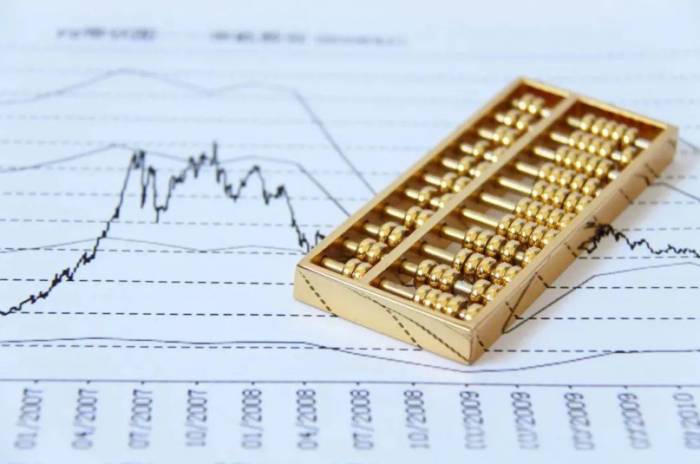Short-term trading is characterized by short holding periods and high trading frequency, with exits either on the same day or the next day being possible. Due to the high frequency of trades, short-term traders need to closely monitor the market, constantly paying attention to changes in trends. This can lead to a heightened state of mind, especially when experiencing consecutive stop losses, which can cause a mental explosion and result in uncontrolled losses.
In my early days of trading, I was engaged in 5-minute breakout trades. After a series of consecutive stop losses, I became irritable and wanted to quickly recoup my losses. As a result, my trading became distorted, deviating from the rules for opening positions. From the afternoon to the evening, I made dozens of trades, losing more and more with each one, and I couldn't stop, resulting in a loss of tens of thousands in one go.
Since then, I've come to realize the importance of a high success rate in short-term trading, as it can at least stabilize one's mindset.
Next, I will discuss a high-probability short-term trading technique.
Short-term trading at significant large-scale levels.
When the market tests significant support and resistance levels at a large scale, there is a potential for reversal or rebound. Since we are engaged in small-scale short-term trading, whether the large scale forms a reversal or a rebound, there are opportunities and space for profit, making this trading model more likely to succeed. Moreover, with the large-scale space and small-scale entry for trading, the risk-reward ratio is also ensured.
Advertisement
Let me demonstrate the specific method of operation with an image.
The left side of the image is a 4-hour candlestick chart of the FTSE 50 Index, and the right side is a 15-minute candlestick chart of the FTSE 50 Index.
On the left, the large-scale market continuously tests the support near 12368, which has been tested 4 times consecutively, making it a relatively important support level. After testing this level, there is a possibility of an upward reversal or rebound. At this time, a large bullish candle appears on the right side in the 15-minute chart, signaling a halt in the decline and a recovery in the market, which is the time to enter and engage in short-term trading.
Using this example, let's discuss another detail.A large bullish candlestick that forms within 15 minutes provides an entry signal, but the reversal candlestick is too large, making the direct entry risky with a large stop-loss and requiring a significant price movement for profit, which cannot be achieved in a short time frame, thus violating the logic of short-term trading. What should we do?
We can wait for the market to pull back before entering, which reduces the stop-loss and, with the same risk-reward ratio, requires less space for profit, allowing for a quicker resolution.
In the example above, if we enter directly after the reversal candlestick forms, the stop-loss space is 600 pips, with a 3:1 risk-reward ratio, we would need to profit 1800 pips, and at least hold the position until the third day for the order to be profitable.
However, if we wait for the market to pull back and enter at a position that is 50% of the pullback, the stop-loss space is 300 pips, and we need to profit 900 pips, with the same 3:1 risk-reward ratio, the order could be profitable on the same day.
Consider that holding a position for three days is too long and does not align with the basic logic of short-term trading. Additionally, the longer the holding period, the greater the impact on our trading mentality, with more psychological fluctuations, making it more difficult to hold the position until the profit target is reached. Waiting for a pullback to enter reduces the stop-loss space, allows for quicker profits, and leads to a more stable mentality, which is more conducive to long-term trading.

To excel in short-term trading, in addition to grasping the success rate, it is also essential to consider how to refine the details and control the mentality.
You can adapt the above method to your trading habits by choosing larger and smaller time frames, such as entering at a significant 1-hour level position and trading on a 5-minute level, which is also feasible for short-term trading.
Finally, let's discuss some points to note for short-term trading.
1: Short-term does not mean frequent trading. Short-term trading also requires a complete trading system and the patience to wait for trading opportunities, which is a significant test of the trader's patience. There may be days with no opportunities, requiring sufficient patience and the expectation to wait.
2: Do not trade too many instruments. With too many opportunities, you might not be able to monitor them all, increasing the likelihood of making mistakes. With too many opportunities, you also cannot gain an in-depth understanding of the characteristics of a particular instrument, preventing you from mastering and excelling in that instrument.3: When selecting a variety, choose one with high trading activity and quick fluctuations. This way, in short-term trading, it is possible to better secure substantial profits.
Leave a Comment